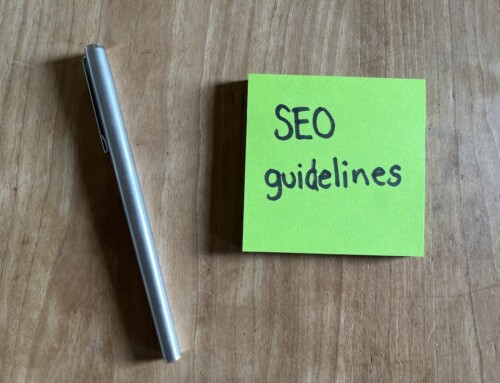A few years ago, Google and Bing amplified their battle for search engine supremacy. This was nothing new, but the result was Google’s emphasis on combating the problem (and thereby the criticism their were receiving) of companies gaming the system by building pages and sites strictly to perform in search results without really solving the problem the user was there for. This was a real problem.
At this time I was at the helm of the largest outdoor network on the internet with Trails.com, Mountainzone.com, Topozone.com, and more under my control. My colleague was running eHow, which at the time was one of the Top 10 most visited websites in the US. As a company we were often searching for ways to increase our traffic, which meant increased revenue as well. And so we experimented heavily with adding closely related content to the sites.
The results were clear – more content (closely related or not) equated to more traffic which generated more revenue.
Along came Google Panda
In recent years, Google has continued to make bold changes to their algorithm under the Google Panda namesake in an effort to present users with more and more relevant search results. Now, when a users searches for a something, Google monitors the behavior to determine and factor into their evaluation of the website:
- Whether or not the users problem was solved or question was answered. If they return to the search results after visiting one site, and click on another result, Google concludes the original result did not resolve the problem, and takes note.
- Whether or not the website solved the users problem, or answered their question
Plus Panda also factors in:
- If there similar content on the site already
- Backlinks to the content from other websites
Adjustments for Panda
The take aways from Google Panda are clear: make sure your content in unique and you don’t have other content that closely overlaps. If your content is informative, relevant, and well written you’ll be rewarded. Simple enough, right?!? Produce quality content that answers the question.



